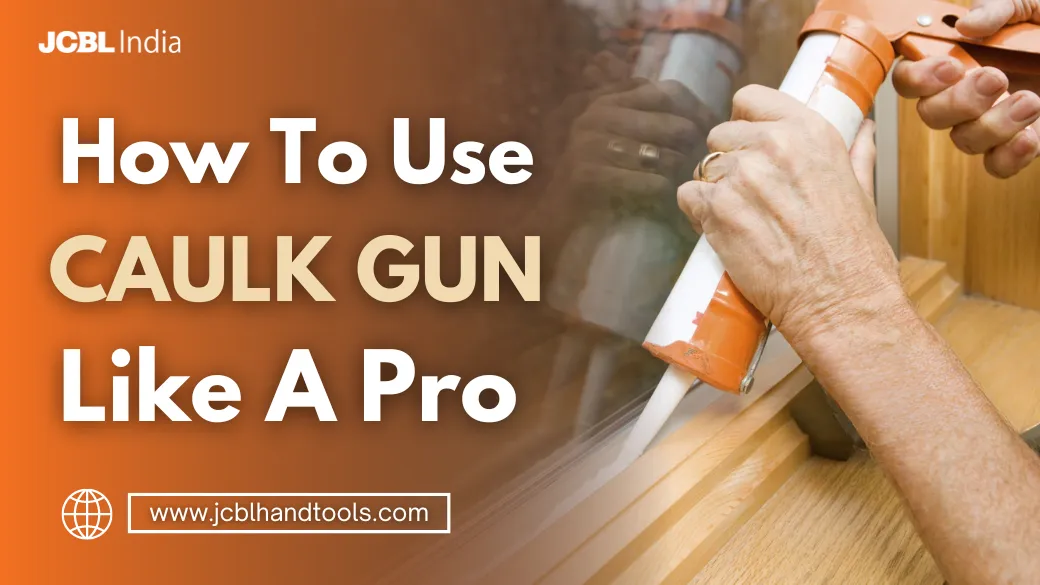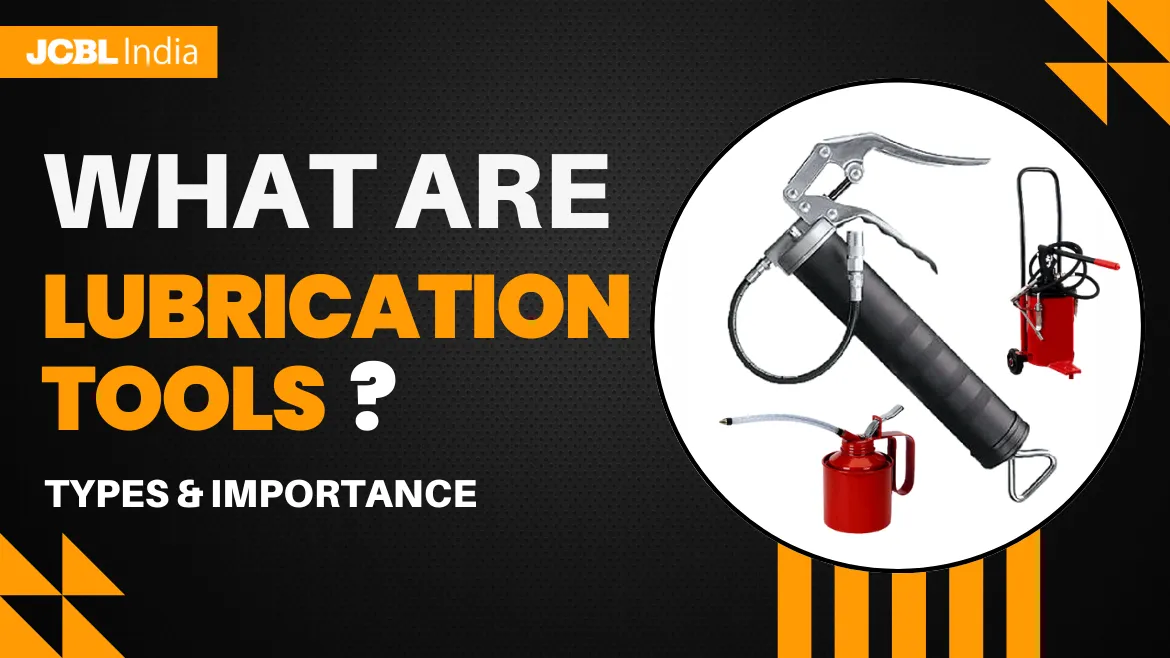Category: Lubrication Tools

Perfetto Type High-Pressure Oil Can: Features & BenefitsPerfetto Type High-Pressure Oil Can: Features & Benefits
Lubrication is one of the most vital aspects of maintaining any machinery, whether in the automotive sector, workshops, manufacturing industries, or even household mechanical applications. A well-lubricated machine runs smoothly, [...]

Types of Lubrication Pumps and Their ApplicationsTypes of Lubrication Pumps and Their Applications
Lubrication is the lifeline of any machine, ensuring smooth operation, reducing friction, and preventing excessive wear and tear. Whether in industrial machinery, automotive systems, or heavy-duty construction equipment, the right [...]

How To Properly Lubricate Automotive Tools?How To Properly Lubricate Automotive Tools?
Automotive tools are an essential part of any garage or repair shop. Whether you’re a professional mechanic or an automotive enthusiast, the performance and longevity of your tools directly impact [...]

How Lubrication Tools Help Extend the Life of Your Machinery?How Lubrication Tools Help Extend the Life of Your Machinery?
In this era, machinery is the backbone of many industries, including automotive, manufacturing, construction, and agriculture. Ensuring the longevity and efficiency of these machines is important for reducing downtime, cutting [...]

Grease Gun vs Caulk Gun: How Are They Different?Grease Gun vs Caulk Gun: How Are They Different?
When tackling mechanical repairs, construction, or home improvement tasks, having the right tool can make all the difference. Among specialized tools, the grease gun and caulk gun are essential in [...]

What Is A Grease Gun: A Complete GuideWhat Is A Grease Gun: A Complete Guide
In a world of equipment, tools, and machinery made from metal, friction is unavoidable. Metal-to-metal contact occurs to perform specific actions from industrial equipment and heavy machinery to automotive. Lubrication [...]

How To Use A Caulk Gun Like A Pro: A Step-By-Step GuideHow To Use A Caulk Gun Like A Pro: A Step-By-Step Guide
Whether you are working on a DIY project or a professional task, you’ll need a caulk gun to make a clean and watertight seal. A caulk gun is helpful for [...]

Lubrication Tools – Types, Importance, and Selection GuideLubrication Tools – Types, Importance, and Selection Guide
While hand tools might seem simple and low maintenance, they still require regular care and maintenance to prevent wear and tear. Proper lubrication of hand tools is important for maintaining [...]
